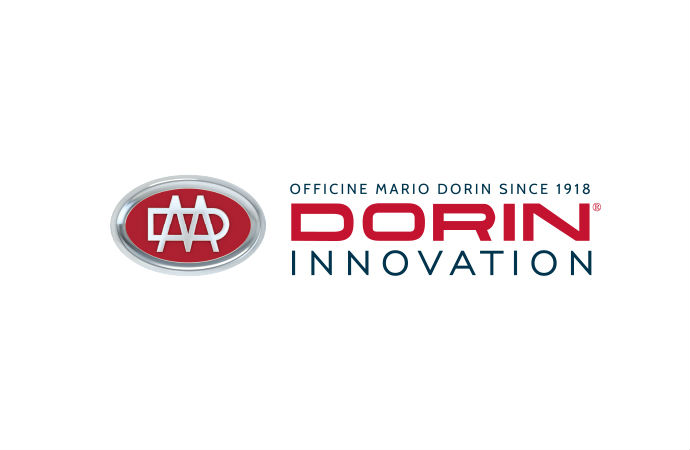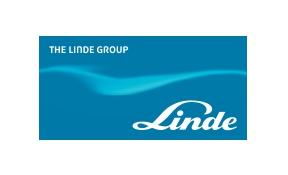The second day of the ATMOsphere America 2012 featured presentations on hydrocarbon refrigeration by PepsiCo and Ben and Jerry’s. A key selling point when making the business case for natural refrigerants is reduction in GHG emissions said Mr Jafa, PepsiCo. Collaboration is crucial for Ms Asch, who announced that Ben and Jerry’s would have 700 HC freezers in the US in 2012.

PepsiCo’s commitment to naturals: 147,000 HFC free units
“Performance with Purpose (PwP)” is PepsiCo’s promise to deliver sustainable growth by investing in a healthier future for people and the planet. Within this context Emad Jafa, Director of Equipment and Development, Global R&D, PepsiCo presented the company’s three-pronged approach to reducing greenhouse gas emissions:
- Energy reduction
- HFC-free refrigerants
- External Initiatives
In pursuing HFC-free refrigeration PepsiCo does not believe one size fits all and is pursuing a dual strategy. All new equipment will be made with one of three different systems: R290, R600a and CO2. Whilst the R290 coolers first appeared in the US at the 2010 Miami Superbowl when PepsiCo piloted 35 UL approved units, by end of 2011 PepsiCo had installed over 147,000 HFC free units globally.
“We are here to establish the business case… when we look at electricity consumption for all coolers and vending machines at PepsiCo we see that they consume more electricity than all our beverage and food production plants combined. So this is my selling point to upper management: The equipment has a good opportunity to reduce GHG emission” said Mr Jafa.
Calculating the energy consumption and GHG emissions for vending machines and coolers on average, PepsiCo’s coolers consume 48% less energy than 2004 models, and its vending machines use 47% less energy than 2004 models. Unit emissions have also declined by 26%.
However, according to Mr Jafa’s presentation the issues that still need to be addressed for the further rollout of hydrocarbon systems (R290, R600a) are:
- Service infrastructure: PepsiCo aims to establish service infrastructure for 100% conversion to Hydrocarbons (HC) in specific regions. For example in Turkey the company has developed an in-house service and refurbishment infrastructure.
- Charge limitation <150G
- Not ideal for double and triple door cooler because of charge limitation
- Bottlers training
- Awareness raising and spreading knowledge
- Optimising charge and design
With regard to the future what is important for PepsiCo is transferring the lessons learned and taking the opportunity to improve energy efficiency and reduce energy consumption.
Ben & Jerry’s ice cream filled freezer a hit at ATMOsphere America!
Ben and Jerry’s has been owned by Unilever since 2000 which according to Ms Andrea Asch, Manager of Natural Resources, Ben and Jerry’s, “has a huge global technical expertise with natural refrigerants.” Ben and Jerry’s began running trials of hydrocarbon (HC) freezers in Boston and DC in 2008, whilst seeking approval for widespread commercial use from the US Environmental Protection Agency (EPA).
“Remarkably Ben and Jerry’s has been working on this since 1993, when Greenpeace approached us and asked if we would be interested in working on Greenfreeze gas, right after I started with Ben &Jerry’s. At that time we did not have the capacity to do anything beyond expressing an interest, we did not have the capacity that we have now, thanks to Unilever,” said Andrea.
In 2012 Ben and Jerry’s plans to rollout 700 HC freezers, resulting in:
- CO2eq reductions: of approximately 92 tonnes.
- Efficiency: freezers will be 10-15% more energy efficient and in the future Unilever plans to rollout freezers that are 20-25% more efficient.
- Cost: overall there is a less than a 5% increase on the cost of hydrocarbon freezers.
During the presentation Ms Asch discussed whether or not consumers care about refrigeration, concluding: “consumers are aware of the issues around refrigerants. Consumers do care and the more awareness they gain about this issue the more it will drive everyone in this room to take action…because when you get consumers making demands, industry is going to change.”
The importance of looking at the life cycle of the freezers was another focus. “HC gas is a more efficient gas, but by using hydrocarbons we are also eliminating the production of a more hazardous gas to being with, so we are going back to reduction at the source. Reduction at source is first and foremost. Looking at the end of life of these freezers as well, having a gas that is more benign reduces the hazard when a freezer is decommissioned... We have to focus on the total picture, not a snapshot in time,” said Ms Asch.
With regards to current areas of work for Ben and Jerry’s the following were highlighted:
- Availability: encouraging gas suppliers to create a global sales & service infrastructure
- Service and Maintenance: training & certification for working with hydrocarbons has been established (national/regional)
- Legal restrictions: support USA EPA (SNAP) for specific HC applications. There is also the opportunity for revising restrictions on HC charge to develop further freezer technologies.
In conclusion Ms Asch said the lesson learned was, “Collaboration. This is about all of us maintaining a leadership role… We can’t do it alone, that is really the bottom line for all of us if we are going to make this a success.”
MORE INFORMATION
Related stories









